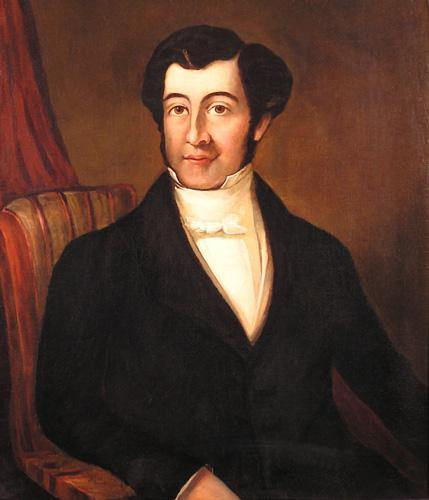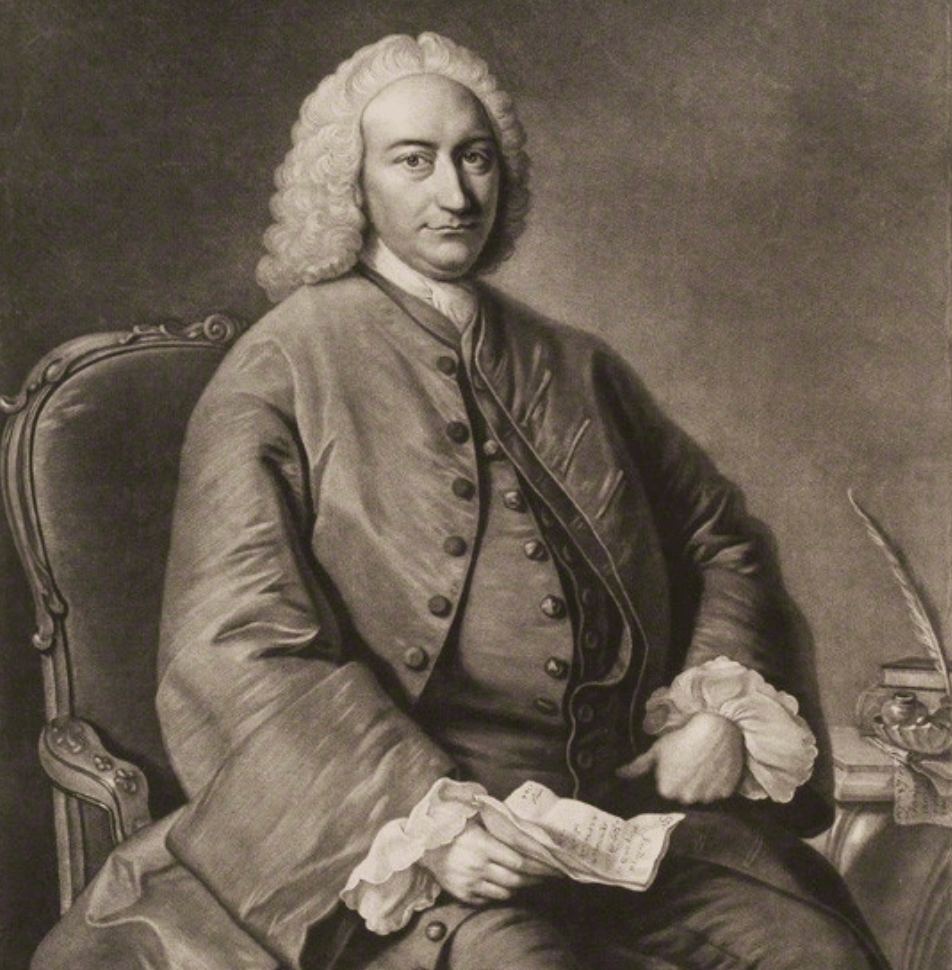Mary Robinson: A Life Lived Extraordinarily
"Yesterday, a messenger arrived in town, with the very interesting and pleasing intelligence of the Tarleton, armed ship, having, after a chase of some months, captured the Perdita frigate, and brought her safe into Egham port. The Perdita is the prodigious fine clean bottomed vessel, and had taken many prizes during her cruise, particularly the Florizel, a most valuable ship belonging to the Crown, but which was immediately released, after taking out the cargo. The Perdita was captured some time ago by the Fox, but was, afterwards, retaken by the Malden, and had a sumptuous suit of new rigging, when she fell in with the Tarleton. Her manoeuvering to escape was admirable; but the Tarleton, fully determined to take her, or perish, would not give up the chace; and at length, coming alongside the Perdita, fully determined to board her, sword in hand, she instantly surrendered at discretion."
London's Morning Post September, 1782

Mary Robinson, née Darby the English poet and novelist, was also well known for playing Perdita, heroine of Shakespeare’s The Winter’s Tale, in 1779. It was during this performance that she attracted the notice of the young Prince of Wales, later King George IV of Great Britain and Ireland. Her affair with him ended in 1781, and “Perdita” Robinson was left to support herself through an annuity granted by the Crown (in return for some letters written by the Prince) in 1783 and through her writings.
Today, she is remembered both as the first public mistress of George IV, and as a woman writer of the late 18th century. Mary Darby Robinson was born to a sea captain and his wife allegedly on 27 November 1758 according to her memoirs, but 1757 according to recently published research. Her father deserted her mother when Mary was still a child, and Mrs Darby supported herself and the five children born of the marriage by starting a school for young girls (where Mary taught by her 14th birthday). However, during one of his brief returns to the family, Captain Darby had the school closed (which he was entitled to do by English law). Mary, who at one point attended a school run by the social reformer Hannah More, came to the attention of actor David Garrick.
However, she and her mother preferred a good marriage. Mary accepted the proposal of an articled clerk, Thomas Robinson, who claimed to have expectations from elderly relatives. Mary was then just 16 when they married in April 1774. It turned out that Thomas Robinson was not wealthy nor gentle-born, and the couple lived in London beyond their means, ending up in flight to Wales (where Mary’s only living daughter was born in November).
When Thomas Robinson was imprisoned for debt, Mary and their daughter, Maria Elizabeth, lived in prison with him. During this time, Mary Robinson’s first volume of poems was published. Although the work made little money, she did obtain the patronage of Georgiana, Duchess of Devonshire. After Thomas Robinson obtained his release from prison, Mary decided to return to the theatre. She debuted as Juliet and acted in several roles at Drury Lane, beginning in 1776. It was her 1779 performance as Perdita in Florizel and Perdita (Garrick’s adaptation of Shakespeare’s The Winter’s Tale) that brought her both public notoriety and the attentions of the Prince of Wales. With her new social prominence, Robinson became a trend-setter in London, introducing a loose, flowing muslin style of gown based upon Grecian statuary that became known as the Perdita.
 After her relationship with the Prince of Wales ended, Mary Robinson attempted to blackmail the Crown by threatening to make public the letters the Prince wrote to her during their affair. She was after the 20,000 pounds the Prince had promised her before he came of age. Able to obtain only a small annuity that was sporadically paid, Mary Robinson, who now lived separately from her philandering husband, went on to have several love affairs, most notably with Banastre Tarleton, a soldier who had distinguished himself fighting in the American Revolutionary War (and the inspiration for Col. Tavington in The Patriot.)
After her relationship with the Prince of Wales ended, Mary Robinson attempted to blackmail the Crown by threatening to make public the letters the Prince wrote to her during their affair. She was after the 20,000 pounds the Prince had promised her before he came of age. Able to obtain only a small annuity that was sporadically paid, Mary Robinson, who now lived separately from her philandering husband, went on to have several love affairs, most notably with Banastre Tarleton, a soldier who had distinguished himself fighting in the American Revolutionary War (and the inspiration for Col. Tavington in The Patriot.)
Their relationship survived for the next 15 years, through Tarleton’s rise in military rank and his concomitant political successes, through Mary’s own various illnesses, through financial vicissitudes and the efforts of Tarleton’s own family to end the relationship. However, in the end, Tarleton married Susan Bertie, an heiress and an illegitimate daughter of the young 4th Duke of Ancaster, and niece of his sisters Lady Willoughby de Eresby and Lady Cholmondeley. In 1783, at the age of 26, Robinson suffered a mysterious illness that left her partially paralyzed. Biographer Paula Byrne speculates that a streptococcal infection resulting from a miscarriage led to a severe rheumatic fever that left her disabled for the rest of her life.
From the late 1780s, Mary Robinson became distinguished for her poetry and was called “the English Sappho.” In addition to poems, she wrote six novels, two plays, a feminist treatise, and an autobiographical manuscript that was incomplete at the time of her death. Like her contemporary Mary Wollstonecraft, she championed the Rights of Women and was an ardent supporter of the French Revolution. She died in late 1800, having survived several years of ill-health, and was survived by her daughter, who was also a published novelist.
After years of scholarly neglect, Robinson’s literary afterlife has continued apace. In addition to regaining cultural notability because of scholars who study her writing, she again attained a degree of celebrity in recent years when several biographies of her appeared, including one by Paula Byrne that became a top-ten bestseller. Ms. Robinson also features in the novel, All for Love: The Scandalous Life and Times of Royal Mistress Mary Robinson by Amanda Elyot (By a Lady: Being the Adventures of an Enlightened American in Jane Austen’s England) Historical information provided by Wikipedia. More information on Ms. Robinson’s fascinating life and loves can be found at Banastre Tarleton and the British Legion.
Be sure to explore our iconic collection of Jane Austen Books and other Jane Austen inspired literature.



Leave a comment
This site is protected by hCaptcha and the hCaptcha Privacy Policy and Terms of Service apply.